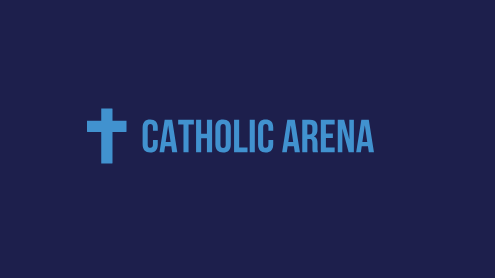The first legal Reek Sunday for 3 years will take place this week at Croagh Patrick in Mayo.
In 2020, notorious Anglo Protestant media outlet The Irish Times claimed that, ‘‘Gardaí will be stopping people from climbing Croagh Patrick on Reek Sunday with the pilgrimage cancelled due to the coronavirus pandemic’’. It was, of course, virtually impossible to catch Covid atop the mountain, but the hysteria took root nonetheless as people were ordered to stay away on the off chance that they could catch Covid atop it. Similarly, pro regime outlet The Journal has said of 2021’s event that ‘lower numbers than usual’ had attended the event last year. Less attended on Reek Sunday itself, but overall, July and August were busier than previous years as the event was spread out over the course of the summer.
A quick scan of headlines for this year’s pilgrimage follow the same pattern of hysteria and negativity, such as ‘Croagh Patrick Pilgrims Warned Ahead Of Pilgrimage’.
Nonetheless, the annual climb of Croagh Patrick is a reminder that Ireland is intrinsically inseparable from the faith.
Standing at 2,500 feet, the beautiful mountain has a long history as a place of reverence, stretching into prehistoric times.
When Saint Patrick arrived, Tirechan tells us that he went to the mountain to fast and pray for 40 days and 40 nights. Going up to the summit in 441 AD, Saint Patrick fasted during Lent. For anyone who has been up the top of Croagh Patrick in bad weather, this was no easy feat.
Tirechan writes:
And Patrick proceeded to the summit of the mountain, climbing Cruachán Aigli, and stayed there forty days and forty nights, and birds were troublesome to him and he could not see the face of sky and land and sea because to all the holy men of Ireland, past, present, and future, God said: 'Climb, o holy men, to the top of the mountain which towers above, and is higher than all the mountains to the west of the sun in order to bless the people of Ireland', so that Patrick might see the fruit of his labours, because the choir of all the holy men of the Irish came to him to visit their father; and he established a church in Mag Humail.
On the last Sunday of each July, for over 1,000 years, people have climbed the mountain.
The pilgrimage has traditionally involved fasting the night before the climb, praying at the various stations at the foot of the mountain before beginning and attending Mass atop the summit, at the stunningly located church overlooking Clew Bay.
In a report in 1970, RTE’s Bill O’Herlihy stated that ‘it has been built into tradition, unaffected by change or sophistication’. So it is even in 2022, as Western Europe as a whole grapples with widespread indifference to religion, that what should be a bygone relic of a penitential past, in fact retains its attraction for ordinary Irish people.
This same phenomenon can be seen with the Camino in Spain, where secularists often flock to, despite otherwise having an aversion to anything connected to the faith.
It seems, however, that the solution to many of the church’s problems with attracting people is staring them in the face.
Croagh Patrick, like all pilgrimages that date back to the Medieval period, is an easy and fast way to teach people the faith. A person fasting the night before the pilgrimage can quickly learn the importance of fasting and purifying one’s self before receiving Communion. A person who commits to climbing the mountain can quickly be taught about the history and significance of the church in Ireland, not just in hagiographical terms, but also highlight other significant details such as the Penal Laws. The importance of penance, illustrated by those who chose to climb in their bare feet and by which the climb makes sense in a more purifying way than simply for the good of one’s physical health. There is also Lent itself, Saint Patrick’s sacrifice and its connection to Old and New Testament typologies. The church should try less to force people to fit the mould of late 20th Century cultural Sunday obligations and instead ‘meet people where they are at’ as they so often claim that they hope to do.
As Saint Patrick wrote of his fall into slavery, the unknown and the uncomfortable are reminders of our dependence on God:
At that time, I did not know the true God. I was taken into captivity in Ireland, along with thousands of others. We deserved this, because we had gone away from God, and did not keep his commandments. We would not listen to our priests, who advised us about how we could be saved.
The Lord brought his strong anger upon us, and scattered us among many nations even to the ends of the earth. It was among foreigners that it was seen how little I was.It was there that the Lord opened up my awareness of my lack of faith. Even though it came about late, I recognised my failings. So I turned with all my heart to the Lord my God, and he looked down on my lowliness and had mercy on my youthful ignorance. He guarded me before I knew him, and before I came to wisdom and could distinguish between good and evil. He protected me and consoled me as a father does for his son.
RTÉ Archives | Religion | Pilgrimage to Croagh Patrick (rte.ie)

